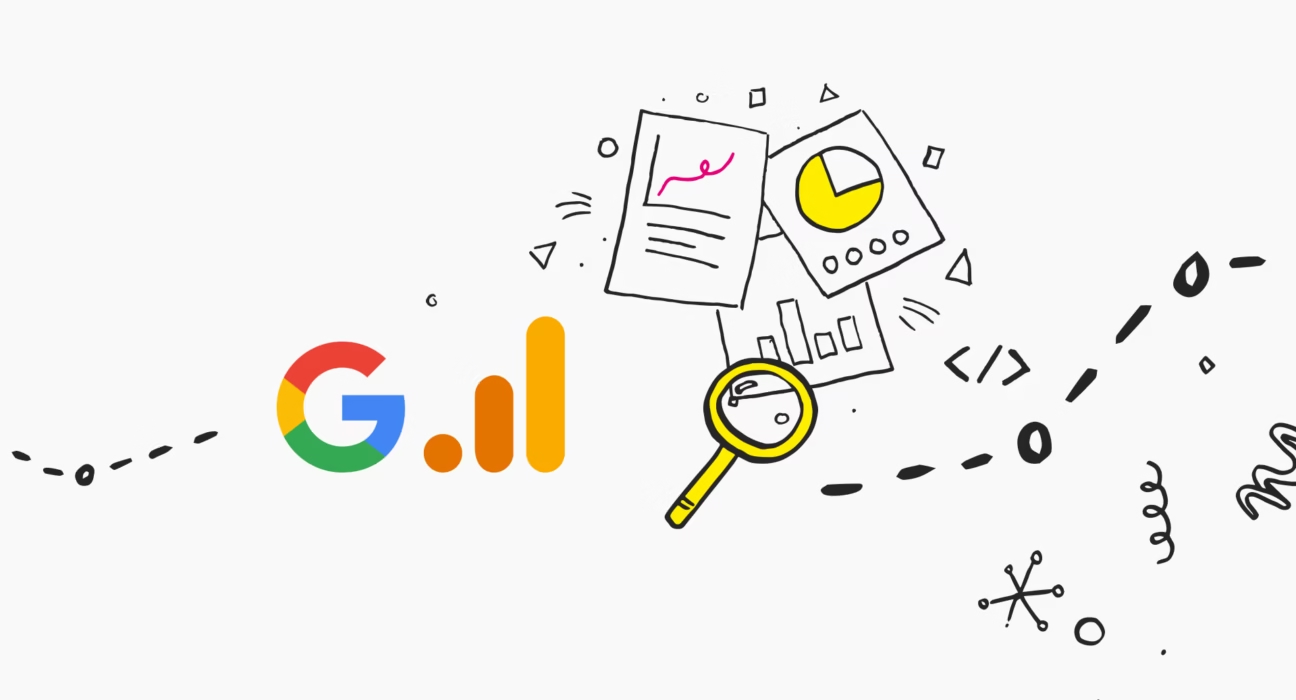“`html
The Indispensable Role of SEO Data Analysis in Digital Success
Estimated reading time: 15 minutes
Key Takeaways
- SEO data analysis is the systematic process of collecting and analyzing data to optimize a website’s visibility and performance in search engines, serving as a cornerstone of modern digital marketing.
- It involves using metrics and analytics to evaluate website performance and user behavior, enabling crucial data-driven improvements in today’s competitive digital landscape.
- The primary purpose of understanding SEO data analysis is to equip individuals with foundational concepts and practical applications for building a data-driven SEO strategy.
- An effective SEO strategy is impossible without ongoing analysis; it’s the key to adapting campaigns to user needs and evolving search engine algorithms.
Table of contents
- The Indispensable Role of SEO Data Analysis in Digital Success
- Key Takeaways
- The Core Components of Effective SEO Data Analysis
- Mastering Website Analytics for SEO Insights
- Leveraging Keyword Research for Strategic Content
- Conducting Insightful Competitor Analysis
- Synthesizing Data to Build a Powerful SEO Strategy
- Essential Tools and Advanced Techniques for SEO Data Analysis
- Embracing Data-Driven SEO for Lasting Online Growth
- Frequently Asked Questions
The Core Components of Effective SEO Data Analysis
Effective SEO is not a matter of guesswork; it’s a science built on data. To truly succeed in the digital realm, understanding and leveraging SEO data is paramount. This involves a deep dive into several key areas that, when analyzed together, provide a holistic view of your online performance and a roadmap for improvement.

Mastering Website Analytics for SEO Insights
At the heart of any robust SEO strategy lies website analytics. Tools like Google Analytics and Adobe Analytics are indispensable for gathering granular data on how users interact with your website. These platforms provide a wealth of information, including details about where your traffic originates, how long visitors stay, which pages they engage with, and critically, whether they complete desired actions.
Within these website analytics tools, several key SEO metrics stand out:
- Traffic sources: Understanding where users are coming from is fundamental. Are they arriving through organic search, direct traffic, social media, or paid advertisements? Analyzing this data helps identify which channels are most effective for driving organic search performance and where you might need to adjust your efforts.
- Bounce rate and user behavior: A high bounce rate—the percentage of visitors who leave your site after viewing only one page—can be an indicator of low relevance or poor user experience. By examining user behavior metrics, you can pinpoint pages that might be failing to capture visitor interest and require optimization to reduce immediate exits and encourage deeper engagement.
- Conversion rates: Ultimately, the success of your website often hinges on its ability to convert visitors into leads, customers, or subscribers. Analyzing conversion rates allows you to assess how effectively your site persuades visitors to take desired actions, highlighting areas where your calls-to-action or user journey might be faltering.
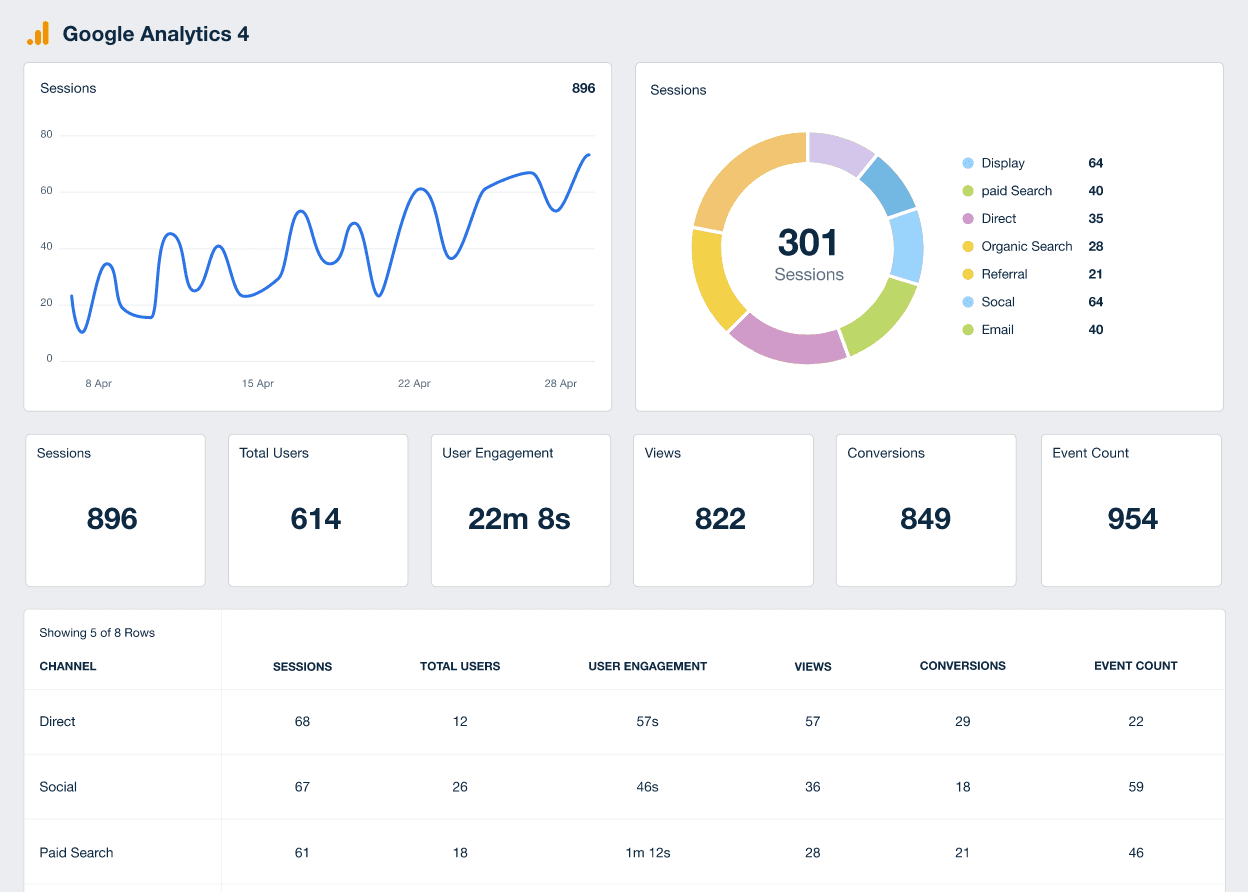
By meticulously analyzing this website analytics data, you can gain invaluable insights into what’s working and what’s not. This understanding is crucial for identifying strengths to capitalize on, weaknesses to address, and informs the precise, targeted optimizations needed to enhance your website’s performance.
Leveraging Keyword Research for Strategic Content
Keyword research is the bedrock upon which effective content planning and SEO optimization are built. It’s the process of identifying the specific terms and phrases that your target audience uses when searching for information, products, or services related to your business. Without understanding search intent, your content is unlikely to resonate with potential visitors.
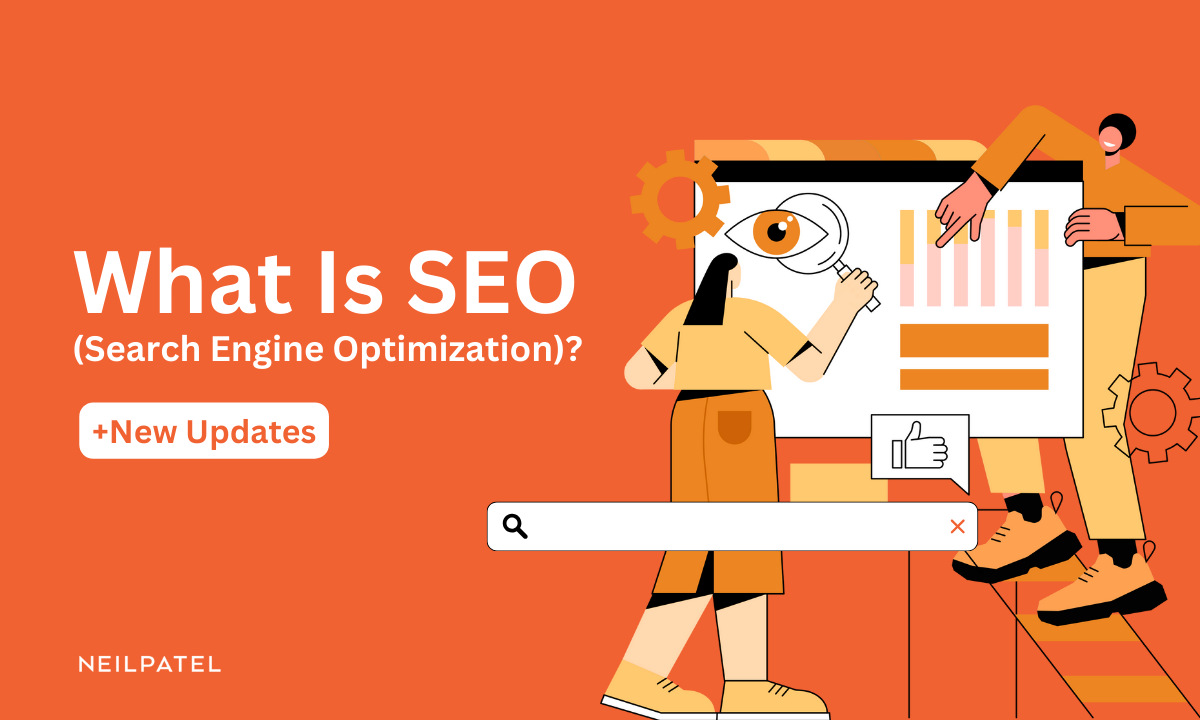
The data gleaned from thorough keyword research is critical because it directly informs content creation. By identifying which queries drive traffic and have the potential to attract your ideal audience, you can develop content that precisely matches what users are searching for. This not only improves your chances of ranking higher in search results but also ensures that the traffic you attract is relevant and more likely to convert.
Furthermore, tracking keyword rankings and performance over time is an integral part of ongoing SEO data analysis. This continuous monitoring allows you to gauge the effectiveness of your content strategy, identify emerging trends, and make informed decisions about both short-term tactical adjustments and long-term strategic planning. It ensures your content remains relevant and competitive in the ever-changing search landscape.
Conducting Insightful Competitor Analysis
In the competitive digital arena, understanding your rivals is just as important as understanding your own performance. Competitor analysis in the context of SEO involves systematically gathering data on other websites that rank well for your target keywords. This process illuminates their strategies, strengths, and potential weaknesses, offering valuable insights for your own approach.

Key competitive metrics to gather include:
- Ranking keywords: Identifying the keywords your competitors are ranking for can reveal lucrative opportunities you might be missing. It helps you understand what search terms are driving traffic to their sites and allows you to refine your own keyword targeting to capture those valuable searches.
- Backlinks: Analyzing a competitor’s backlink profile—the links from other websites pointing to theirs—provides insight into their authority and outreach efforts. You can assess the quality and quantity of inbound links they have acquired, which can inform your own link-building strategies.
- Content strategies: Observing the types of content that attract engagement and rankings for your competitors is crucial. Are they focusing on blog posts, videos, infographics, or product pages? Understanding their content successes can help you adapt your own content creation to better meet audience demand and search engine preferences.
By leveraging these competitor analysis insights, you gain a significant strategic advantage. You can benchmark your performance against industry leaders, identify gaps in the market or your own strategy, and uncover innovative growth opportunities that might otherwise remain hidden.
Synthesizing Data to Build a Powerful SEO Strategy
The real power of SEO data analysis emerges when you move beyond collecting individual data points and begin to synthesize them. A truly successful SEO strategy is meticulously constructed by weaving together insights from website analytics, keyword research, and competitor analysis. This integrated approach ensures that your strategy is not only data-informed but also comprehensive and aligned with both user needs and market dynamics.

Developing a robust SEO strategy based on these data-driven insights involves several actionable steps:
- Prioritize content creation and optimization efforts based on keyword potential, search volume, and identified competitor gaps. This means focusing resources on topics that have a strong likelihood of attracting relevant traffic and engaging users.
- Regularly audit and optimize underperforming pages that are highlighted by your website analytics data. Pages with high bounce rates, low time on page, or poor conversion rates are prime candidates for improvement, whether through content refinement, user experience enhancements, or technical fixes.
- Embrace the iterative nature of SEO strategy development. Successful SEO is not a one-time setup; it’s a continuous cycle of analysis, implementation, and refinement. As new data becomes available, your strategy should evolve, adapting to changing search algorithms, user behavior, and market trends. This cyclical process ensures sustained growth and long-term success.
By synthesizing these diverse data streams, you move from reactive adjustments to proactive strategic planning. This empowers you to make more confident decisions, allocate resources effectively, and build an SEO presence that is resilient, adaptable, and consistently drives measurable results.
Essential Tools and Advanced Techniques for SEO Data Analysis
To effectively conduct SEO data analysis, a toolkit of specialized resources is essential. These tools help in collecting, organizing, and interpreting the vast amounts of data available. They can be broadly categorized by their primary function, ensuring that you have the right instruments for each stage of your analysis.
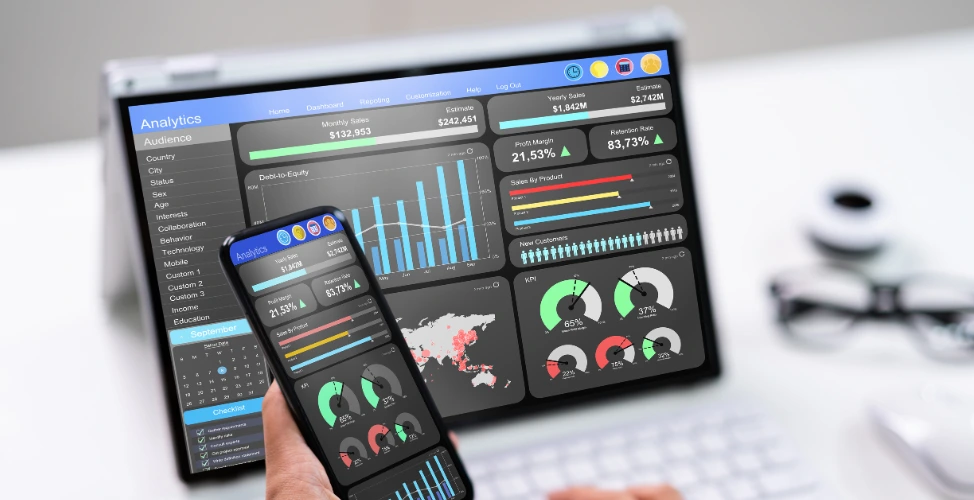
Here are some of the essential tools categorized by their function:
-
Website analytics:
- Google Analytics: A free, powerful tool for tracking website traffic, user behavior, and conversions.
- Adobe Analytics: A more enterprise-level solution offering advanced customization and deeper insights for larger organizations.
-
Keyword research:
- Google Keyword Planner: Essential for identifying search volumes and related keywords directly from Google.
- SEMrush: A comprehensive suite offering keyword research, competitor analysis, and site auditing.
- Ahrefs: Known for its extensive backlink index and robust keyword research capabilities.
-
Competitor analysis:
- Ahrefs: Excellent for analyzing competitor backlink profiles and keyword rankings.
- SEMrush: Provides detailed insights into competitor strategies, including their top keywords and ad campaigns.
- Moz: Offers tools for keyword research, link building, and competitor tracking.

Beyond these foundational tools, advanced considerations in SEO data analysis can unlock even deeper levels of insight and optimization. This includes techniques such as segmenting your audience for a more granular understanding of user behavior, implementing A/B testing to scientifically validate changes and improvements, and exploring predictive modeling to anticipate user behavior and market trends. Each of these advanced methods is fundamentally driven by robust data analysis, enabling more sophisticated and effective optimization strategies.
By mastering both the essential tools and advanced techniques, you can transform raw data into actionable intelligence, driving more informed decisions and significantly enhancing your SEO performance.
Embracing Data-Driven SEO for Lasting Online Growth
The journey to digital success is inextricably linked to the ability to understand and act upon data. Mastering SEO data analysis is not merely a technical skill; it is a strategic imperative that empowers businesses to significantly boost their online visibility. By meticulously tracking performance, understanding user intent, and adapting to market dynamics, you can proactively navigate the ever-evolving digital landscape. This data-driven approach allows for continuous improvement, ensuring your website remains relevant, competitive, and achieves sustained online growth.

It cannot be overstated: a strong command of data-driven decision-making is the cornerstone of crafting and continuously refining an effective SEO strategy. As search engines update their algorithms and user behaviors shift, a reliance on intuition alone is insufficient. Data provides the objective evidence needed to make informed choices, validate hypotheses, and pivot strategies effectively. This is particularly crucial in an environment where staying ahead requires constant adaptation and optimization.
Therefore, the call to action is clear: integrate comprehensive SEO data analysis into the very fabric of your digital marketing workflow. By committing to a data-centric approach, you will not only drive measurable results in the short term but also build a robust foundation for long-term digital success. This commitment to analysis will empower you to uncover opportunities, mitigate risks, and ultimately, achieve your online objectives with greater certainty and impact.
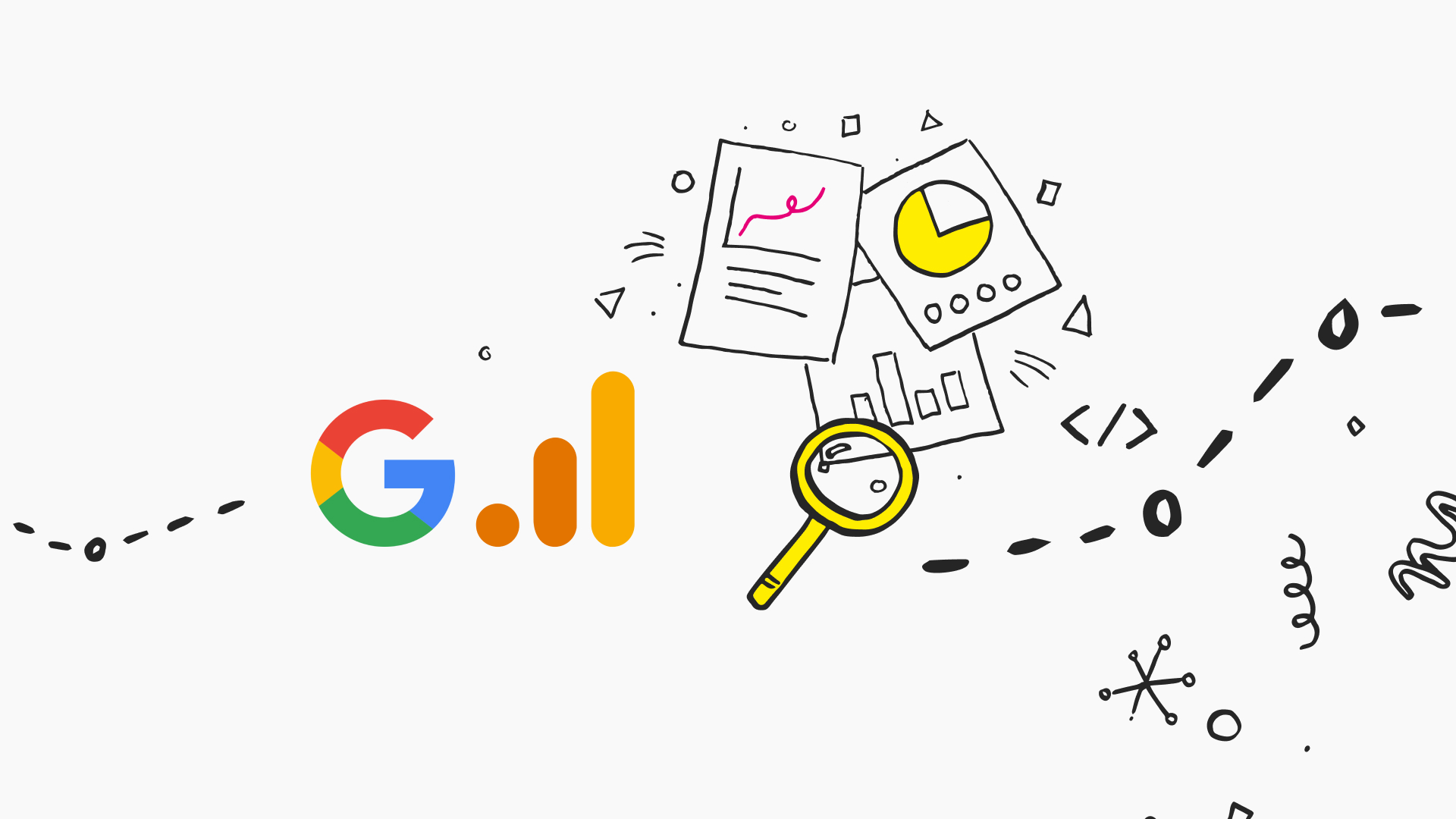
Frequently Asked Questions
-
What is SEO data analysis?
SEO data analysis is the process of collecting, examining, and interpreting data related to a website’s performance in search engines. It involves using tools to understand metrics like traffic sources, keyword rankings, user behavior, and conversions to inform and improve SEO strategies.
-
Why is SEO data analysis important?
It’s crucial because it moves SEO from guesswork to a data-driven discipline. Analyzing data allows you to understand what’s working, identify areas for improvement, measure the ROI of your efforts, and adapt to changes in search engine algorithms and user behavior, ultimately leading to better visibility and business outcomes.
-
What are the core components of SEO data analysis?
The core components typically include website analytics (tracking user behavior and traffic), keyword research (understanding search terms and intent), and competitor analysis (benchmarking against rivals). Synthesizing data from these areas is key to building an effective strategy.
-
What are some essential tools for SEO data analysis?
Essential tools include Google Analytics for website tracking, Google Keyword Planner for keyword research, and platforms like SEMrush or Ahrefs for a more comprehensive suite of tools covering keyword research, competitor analysis, and site audits.
-
How often should I analyze my SEO data?
While ongoing monitoring is vital, a thorough analysis should ideally be performed monthly. However, depending on the pace of your business and the industry, more frequent checks (weekly or even daily for critical metrics) might be necessary, especially after implementing significant changes.
“`


